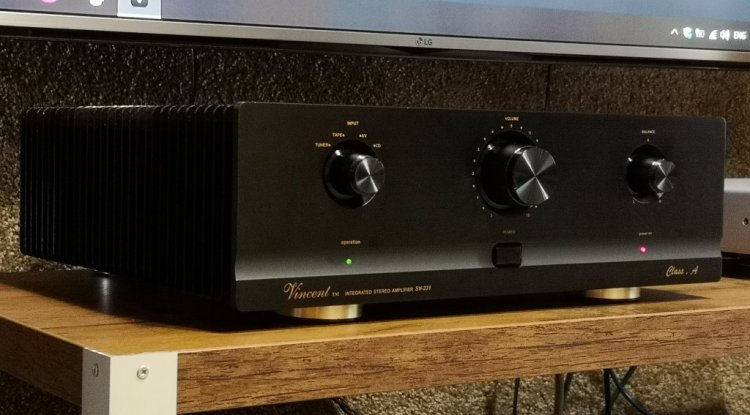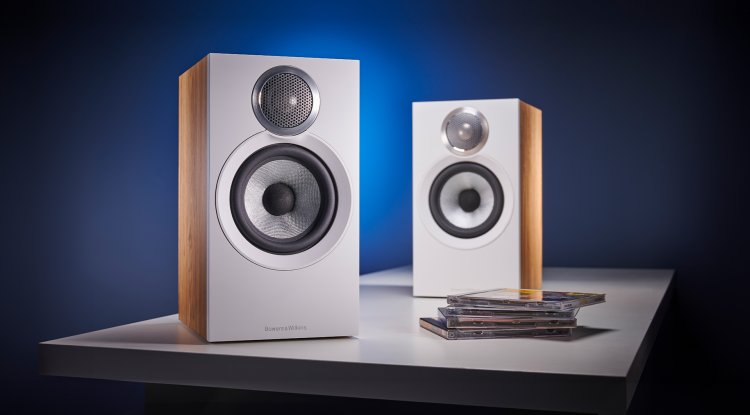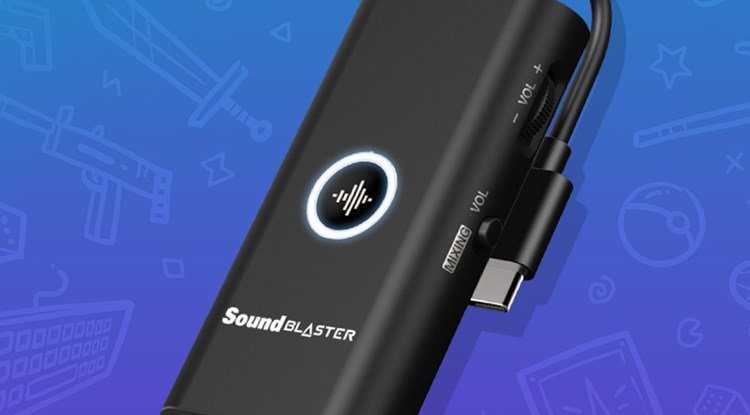Accuphase E-5000: Japanese integrated high-end amplifier
With the Accuphase signature, which emphasizes previously unheard of strength, emphasis, and dynamics, especially in the lower octaves, the strongest and nearly largest integrated amplifier of the Japanese Accuphase so far pays attention to melody, color, musical beauty, and organic nature.

Almost no other high-end manufacturer in the world refreshes its product catalog as quickly as this classic Japanese brand. Accuphase was founded in 1972, therefore it is celebrating its 50th anniversary this year.
On that occasion, the company is gradually introducing new and intriguing products, the fourth of which is the integrated E-5000 amplifier, which belongs to about half of the Accuphase hierarchy.
But you might not say that because the E-5000, like the top model E-800, is a good buy when compared to other models of the same manufacturer. Nonetheless, the machine has all of the traits you'd expect from a machine with this moniker.
It begins with a wide front panel in traditional golden color, progresses through the rectangles within the rectangle (i.e. with hand power indicators and a digital volume indicator), and concludes with a pair of strong buttons for selecting an input or altering the listening level.
These have a new gold aesthetic ring. Other controls can be found behind the hinged panel at the bottom of the panel. Accuphase has a record of not overlooking many fixes and choices to personalize the features perfectly to your needs.
Because of the large size of the component, the manufacturer had no trouble putting really above-standard connectivity on the back panel. As is customary with modern Accuphase, two modules are currently available for mounting with surcharge cards - a D / A converter and a phono preamplifier.
The usual inputs and outputs are then fully analog, with RCA and XLR connectors, both of which are of high quality. There are five sets of line inputs, one tape loop (line input + output), and two pairs that act as preamplifier output and direct input to the output stage. Symmetric connection is less common, however it accommodates two conventional inputs that complement pre-out and main-in.
The power socket is totally conventional, and there are two sets of non-standard speaker terminals available. The terminals are huge and strong, and they are spaced far apart for best working comfort.
The E-5000 has already been described as a behemoth, measuring 46.5 cm broad, 50.2 cm deep, and 21.1 cm tall. When you combine it with the weight of 33.8 kg, you have a strong integrated amplifier as it should be.
The primary technological elements of the amplifier are in the spirit of Accuphase traditions - the amplifier delivers power in class A / B, has a fully symmetrical circuit design in the preamplifier and output stage, and has the famous AAVA system in a fully symmetrical version for volume control.
It is a solution derived from the C-3800 preamplifier; it has a floating settlement and is supposed to produce low noise while being mounted on a printed circuit board with surface gilding. It's worth noting that the AAVA comes with a headphone amplifier module.
A look inside reveals a really honest construction - thick metal partitions divide the space into four parts - at the back are entrances, on the right side a power supply with additional shielding, AAVA system at the front and massive heatsinks in the largest chamber, no less powerful encapsulated toroidal transformer and a pair of 40,000 uF capacitors.
The E-5000's main benefit is its output power, which is the highest available from the integrated Accuphase. This type, in particular, provides 240 Watts to 8 ohms and 320 Watts to half load in each channel. Five pairs of bipolar transistors in a push-pull configuration provide power, and the full circuit solution is drawn from the top stereo output stage P-7300.
The damping factor's value is also high, going up to 1,000, the highest in the Accuphase portfolio. Remote Sensing technology is employed in this application; this is a type of feedback that monitors a point very close to the output reproterminals. Another stage is to replace conventional relays in the speaker protection system with MOS-FETs.





































